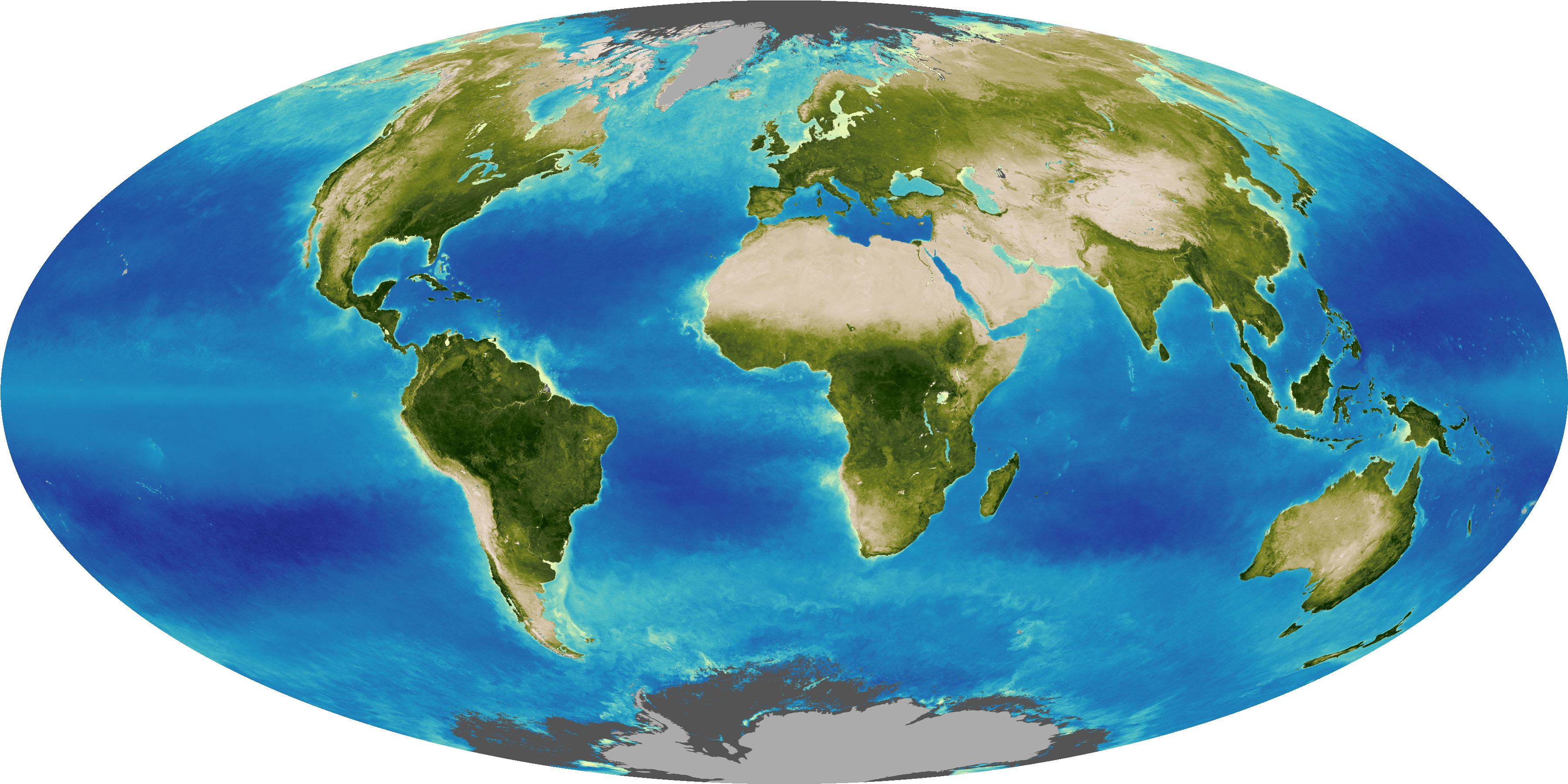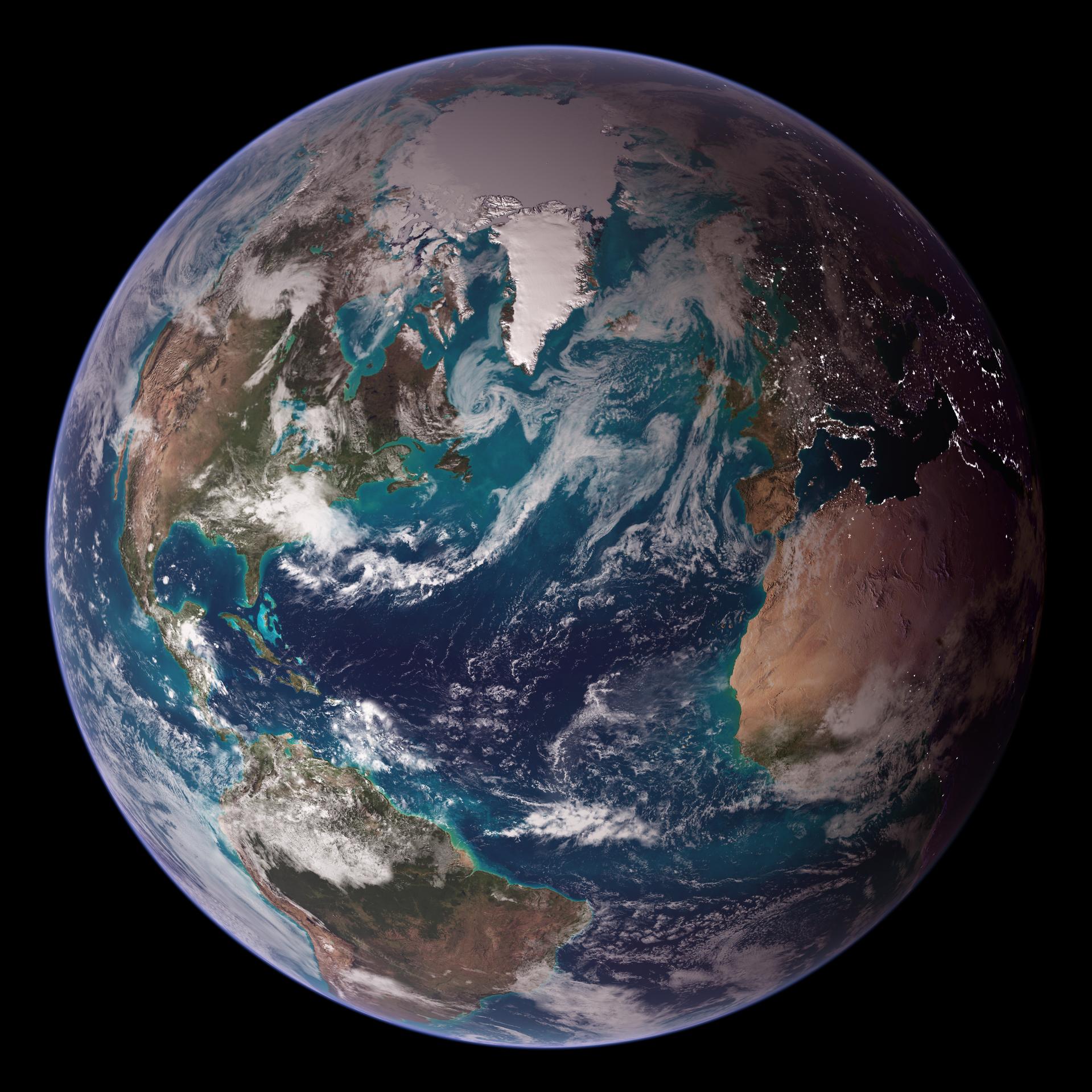What is the greenhouse effect?
The greenhouse effect is the process through which heat is trapped near Earth's surface by substances known as 'greenhouse gases.' Imagine these gases as a cozy blanket enveloping our planet, helping to maintain a warmer temperature than it would have otherwise. Greenhouse gases consist of carbon dioxide, methane, ozone, nitrous oxide, chlorofluorocarbons, and water vapor. Water vapor, which reacts to temperature changes, is referred to as a 'feedback', because it amplifies the effect of forces that initially caused the warming.
Scientists have determined that carbon dioxide plays a crucial role in maintaining the stability of Earth's atmosphere. If carbon dioxide were removed, the terrestrial greenhouse effect would collapse, and Earth's surface temperature would drop significantly, by approximately 33°C (59°F).
Greenhouse gases are part of Earth's atmosphere. This is why Earth is often called the 'Goldilocks' planet – its conditions are just right, not too hot or too cold, allowing life to thrive. Part of what makes Earth so amenable is its natural greenhouse effect, which maintains an average temperature of 15 °C (59 °F) . However, in the last century, human activities, primarily from burning fossil fuels that have led to the release of carbon dioxide and other greenhouse gases into the atmosphere, have disrupted Earth's energy balance. This has led to an increase in carbon dioxide in the atmosphere and ocean. The level of carbon dioxide in Earth’s atmosphere has been rising consistently for decades and traps extra heat near Earth's surface, causing temperatures to rise.
READ MORE




